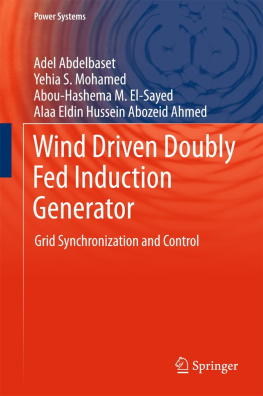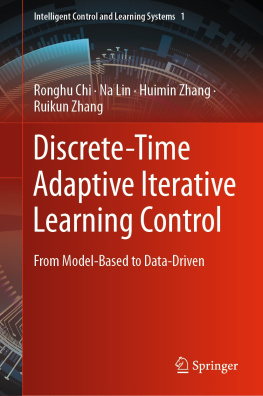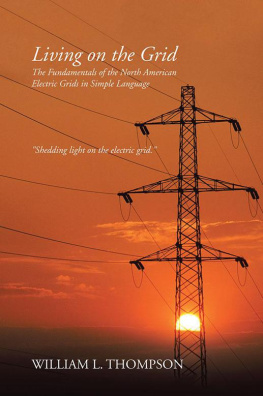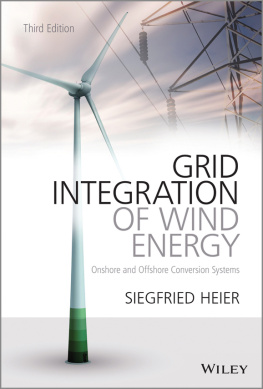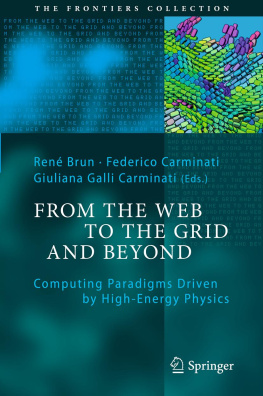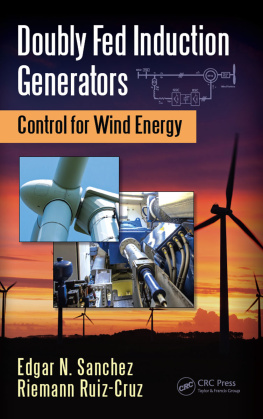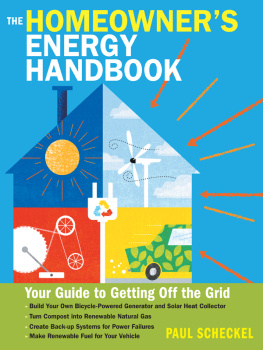1. Introduction
The present supply of energy is mainly dependent on the fossil energy sources such as petroleum, natural gas, coal. These fossil fuels took thousands of years to form, and the base material for the fossil fuels was organic substances. Hence, fossil fuels can be described as biomass stored for a long period. A huge amount of the fossil fuels is already depleted in the twentieth century. But due to the increasing demand, the extraction of fossil fuels will become more risky and expensive in the future. If the consumption of fossil fuels continues as now, all available resources of natural gas and petroleum will be exploited by twenty-first century. Coal reserves may be available for a longer period. Thus within a few decades, the human generations would have completely exploited the fossil energy resources which were formed over a thousands of years. Fossil fuels will no longer be available as an energy supply for future generations. Even with further discovery of major fossil fuel resources, the fact that the fossil fuel sources are limited is not going to change. The period of availability of fossil fuels can only be extended to a few years or a very few decades at the best.
There are also limitations in the supply of Earths uranium reserves for operating nuclear power stations. The estimated global reserve amounts to less than 20 million ton of which only 12.52 million tons are usable. Hence, nuclear power cannot be a permanent alternative for fossil fuels due to the limitations in the availability of uranium reserves. Also, the risk incurred by the use of nuclear power suggests that renewable energy sources are a better alternative to foster to the increasing energy demand. Renewable energy sources are the only way by which the Earths energy demand can be met without affecting the climatic conditions. Of the available renewable energy sources, wind energy has become one of the most important and promising sources of renewable energy all over the world.
Wind energy is a free, renewable, clean, and non-polluting source of electricity. Since earliest recorded history, wind power has been used to move ships, grind grains, and pump water. Wind energy was used to propel boats along the Nile River as early 5000 B.C. within several centuries before Christ; simple windmills were used in china to pump water.
All electric-generating wind turbines, no matter what size, are comprised of a few basic components: the part that actually rotates in the wind, the electrical generator, a speed control system, and a tower. Some wind machines have fail-safe shutdown system so that if part of the machine fails, the shutdown system turns the blades out of the wind or puts brakes. Just like solar electric system, wind-powered system can be used in two ways: off-grid or on-grid is when your home or business is entirely disconnected from electric utility company, and we generate absolutely all of the electricity we need. Usually these systems cost about 30% more than an on-grid (or grid-tie system).
Wind power generation uses either fixed speed or variable speed turbines. Variable speed wind turbine system based on DFIG has become the most popular configuration in wind energy conversion system due to its merits of variable speed constant frequency operation, decoupled active/reactive power control, maximum power capture capability, reduced mechanical stress, low converter VA rating (usually 30% of the generator capacity), and reduced power loss compared to other solutions such as fixed-speed induction generators or fully rated converter systems. All of those above-mentioned advantages of the DFIG are possible because of the control scheme that can be implemented in the back to back converters of the DFIG. Hence, the method of controlling back to back converter plays a significant role in achieving better performance of the DFIG system. A speed sensor is usually needed for vector control of the DFIG scheme. The use of position encoder has several drawbacks in term of robustness, cost, cabling, and maintenance, so sensorless operation is desirable.
Besides power decoupled control, grid synchronization control is another important issue in the application of the wind energy conversion system (WECS) based on the DFIG, which enables the DFIG to be connected to the power grid with minimum impacts to both the WECS and the grid.
However, WECS is usually located in rural areas with weak grid connection, in which grid voltage unbalance may arise even during normal operation. The unbalanced grid voltage may be caused by unbalanced transmission line impedance, three-phase unbalanced load, and single-phase high-power load. The grid synchronization control of the DFIG under unbalanced grid voltage is also important for the protections of both the WECS and the grid. If the grid voltage unbalance is not taken into account in grid synchronization control of the DFIG, the differences between stator voltages and grid voltages will become significant, which will cause large current, torque, and power impact at the time of connecting.
1.1 Book Objectives
Development of a WECS model including a DFIG taking core loss and main flux saturation into account as an electrical power generation unit. This is aimed at improving the theoretical prediction and reducing the discrepancies between the calculated and measured performance values in the literature.
Modeling of sensorless vector control of a wind driven DFIG connected to grid based on a modified model reference adaptive system (MRAS).
Design of a robust controller based on adaptive sliding mode control (SMC) for grid synchronization of DFIG. Assessment of effectiveness of this controller by comparing the calculated results, in the presence of core loss in the DFIG model, with those measured in the literature.
Design of improved DFIG grid synchronization controller under unbalanced grid voltage. Assessment of effectiveness of this controller by comparing some calculated results with those measured in the literature.
This book has presented an analysis and discussion of sensorless control of the wind driven DFIG connected to grid using a modified model reference adaptive system MRAS. The dynamic model of the DFIG taking core loss and saturation into account is presented. The vector control schemes use SFO control for the RSC to provide independent control of active and reactive power. On the other hand, the vector control approach based on SVO control is used for the GSC to keep the Dc-link voltage constant. Digital simulations are carried out to evaluate the performance of the proposed schemes. Comparison between the calculated performances with those results measured experimentally in the literature is presented to demonstrate the validity of the proposed schemes.
Also, in this book a synchronization method using adaptive SMC algorithm for grid connection of a Doubly Fed induction generator (DFIG) in a wind generation system is presented. The proposed scheme directly controls the stator terminal voltage of the DFIG to track the grid voltage without current control loop. A mathematical model of the DFIG as influenced by core loss is included to improve the theoretical prediction. Comparisons between some simulated results are compared with those measured experimentally in the literature.

